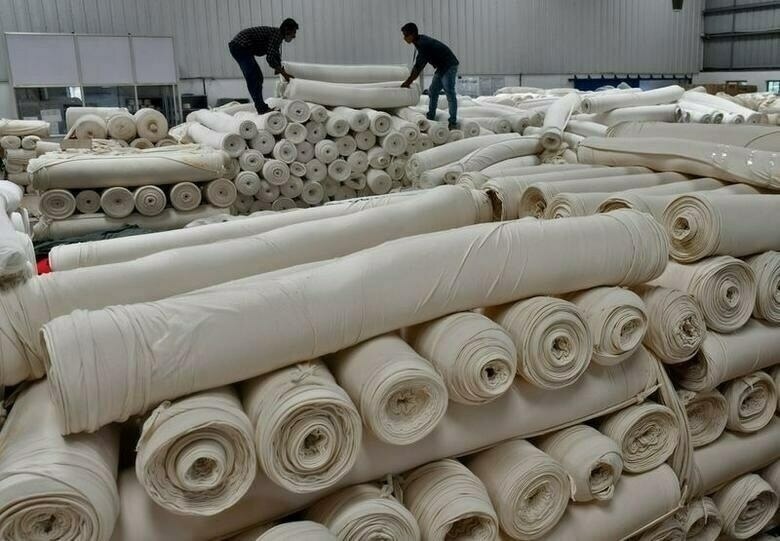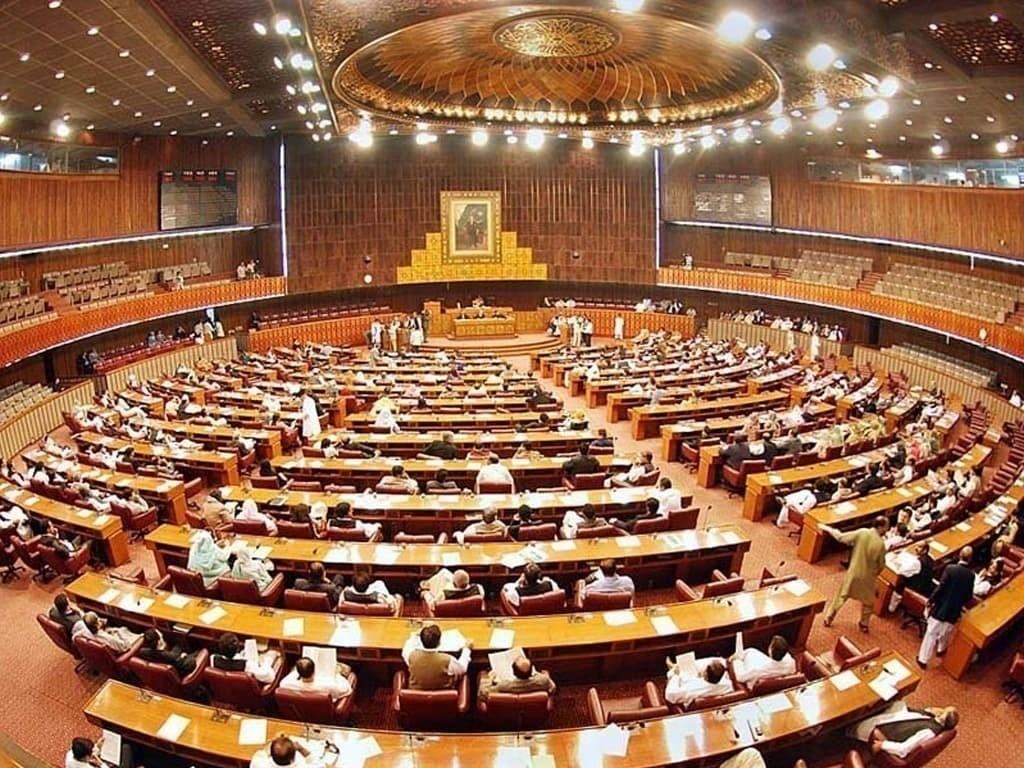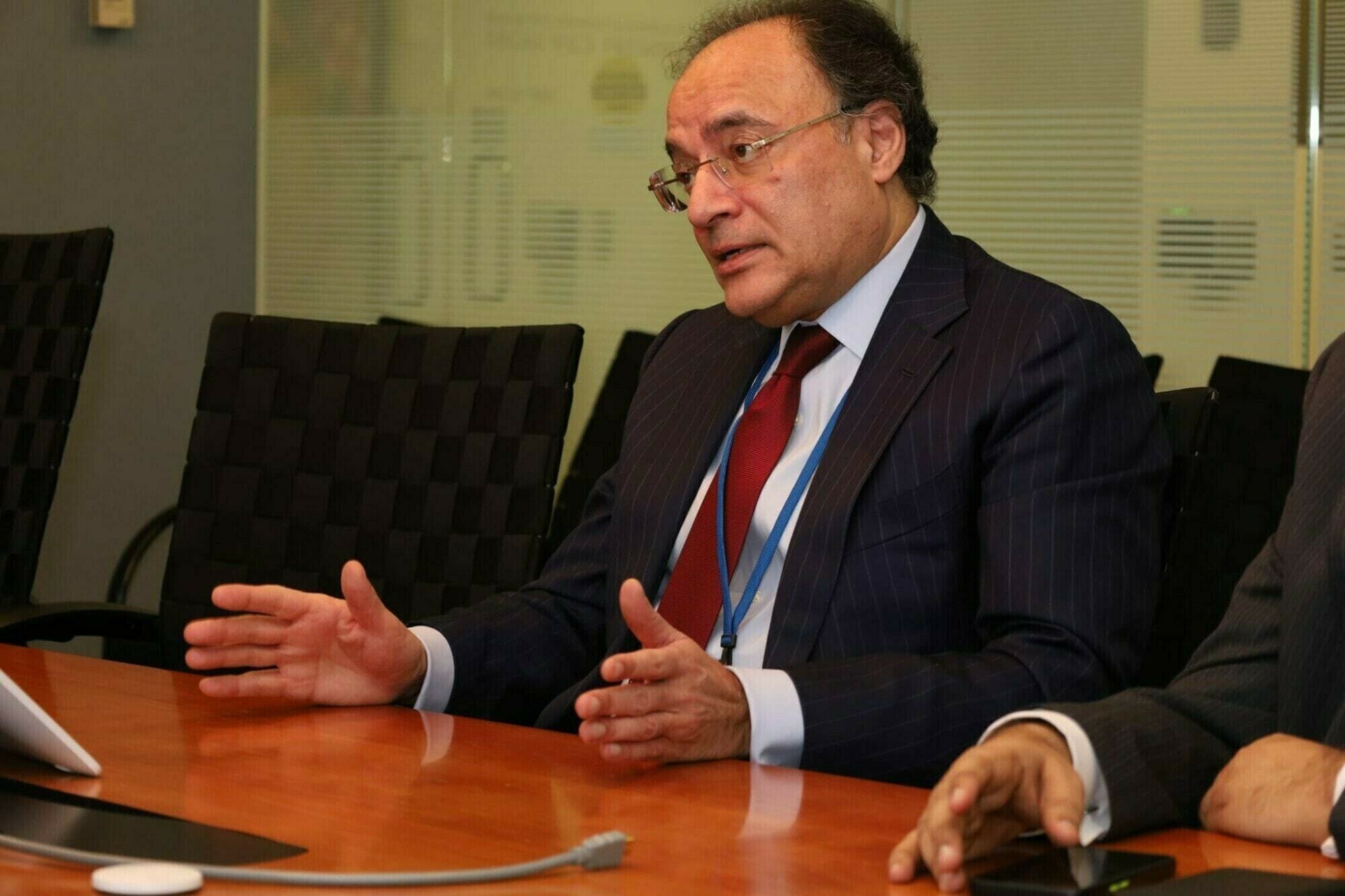PTBP Web Desk
Pakistan’s trade deficit widened to USD 6 billion in the first two months of the fiscal year 2025-26, as declining textile exports placed new pressure on the country’s fragile external sector. According to data released by the Pakistan Bureau of Statistics (PBS), textile sub-sectors, which account for the bulk of the country’s exports, showed widespread negative growth, worsening the trade gap.
The trade deficit recorded an alarming 29% increase compared to the same period last year. This rise was largely driven by lower export earnings and a significant increase in imports.
PBS data highlighted that Pakistan’s total exports for July-August FY26 stood at USD 5.10 billion, reflecting only a 0.65% increase compared to the corresponding period last year. In contrast, imports jumped 14.53%, reaching USD 11.12 billion, up from USD 9.73 billion during the same period in FY25.
The imbalance between sluggish exports and rapidly growing imports has put further strain on Pakistan’s current account, an area already under scrutiny by international lenders and economists.
The textile industry, traditionally Pakistan’s export backbone, witnessed worrying declines across nearly all key segments.
- Knitwear exports fell by 2.28% year-on-year (YoY) and 13.58% month-on-month (MoM).
- Readymade garments dropped 8.26% YoY and 18.40% MoM.
- Bedwear exports slid 5.94% YoY and 9.60% MoM.
- Cotton cloth exports declined 12.44% YoY, though they improved 10.52% MoM.
- Towel exports fell 14.05% YoY and 9.62% MoM.
- Made-up articles (excluding towels and bedwear) declined 5.06% YoY and 4.97% MoM.
One of the steepest drops was recorded in rice exports, which plunged 39.40% YoY and 15.87% MoM. Within this category, Basmati rice exports faced an even sharper decline of 47.72% YoY and 7.90% MoM, underscoring weaker competitiveness in global markets.
Despite the overall decline, there were some encouraging developments in certain export categories.
- Cotton yarn exports registered a healthy 16.88% YoY and 12.06% MoM increase, reflecting improved demand.
- Cement exports surged 73% YoY and 8% MoM, benefiting from regional construction demand.
These segments, though relatively smaller in scale compared to textiles, offered some relief for Pakistan’s export performance.
The surge in imports was driven by higher inflows of energy, raw materials, and consumer products.
- Petroleum crude imports declined 15.04% YoY but rose 22.12% MoM.
- Petroleum product imports grew 5% YoY, but dropped 44% MoM, showing volatility.
- Palm oil imports jumped 33.75% YoY and 10.91% MoM, indicating heavy reliance on food imports.
- LNG imports decreased 26.5% YoY, yet rose 19.02% MoM.
- Plastic materials imports increased 16.46% YoY, but slipped 12.80% MoM.
- Iron and steel imports soared 81.2% YoY, though down 6.70% MoM.
- Electrical machinery imports fell 11.90% YoY and 23.83% MoM.
Consumer-oriented imports also increased significantly:
- Motor cars (CKD/SKD) imports rose 75% YoY and 26.37% MoM.
- Mobile phone imports skyrocketed 98.30% YoY and 5.98% MoM.
The data suggests a strong domestic demand for vehicles and electronics, even as the country struggles to curb its widening external imbalance.
The rising trade deficit signals potential risks for Pakistan’s current account balance, which has historically been vulnerable to external shocks. With textile exports underperforming and imports surging, policymakers may face renewed pressure from international institutions like the International Monetary Fund (IMF) to implement reforms aimed at stabilizing the balance of payments.
Experts argue that Pakistan needs to diversify its export base, improve competitiveness in textiles, and curb non-essential imports to address the growing gap. Strengthening agricultural exports, particularly rice and Basmati, could also play a crucial role in restoring stability.
Pakistan’s textile industry contributes over 60% of the country’s total exports. Any slowdown in this sector directly impacts foreign exchange earnings, industrial output, and employment.




